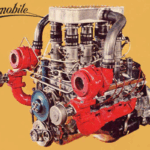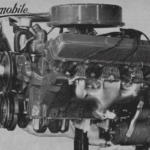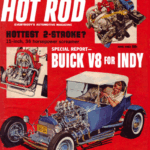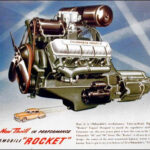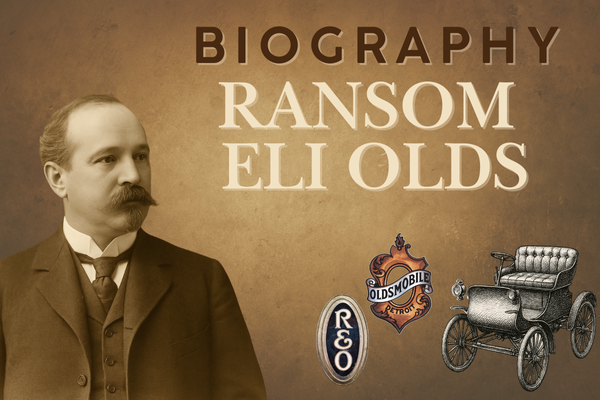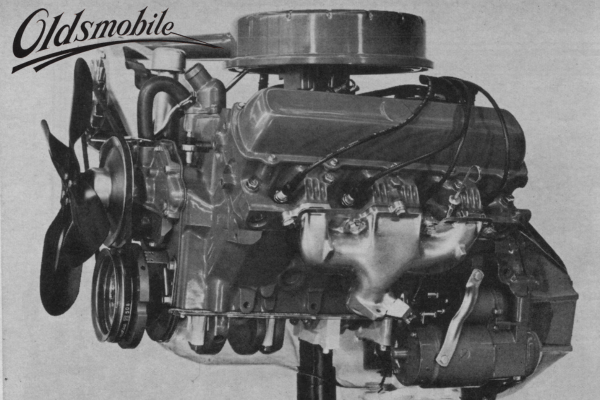

Type “P” rear showing rib
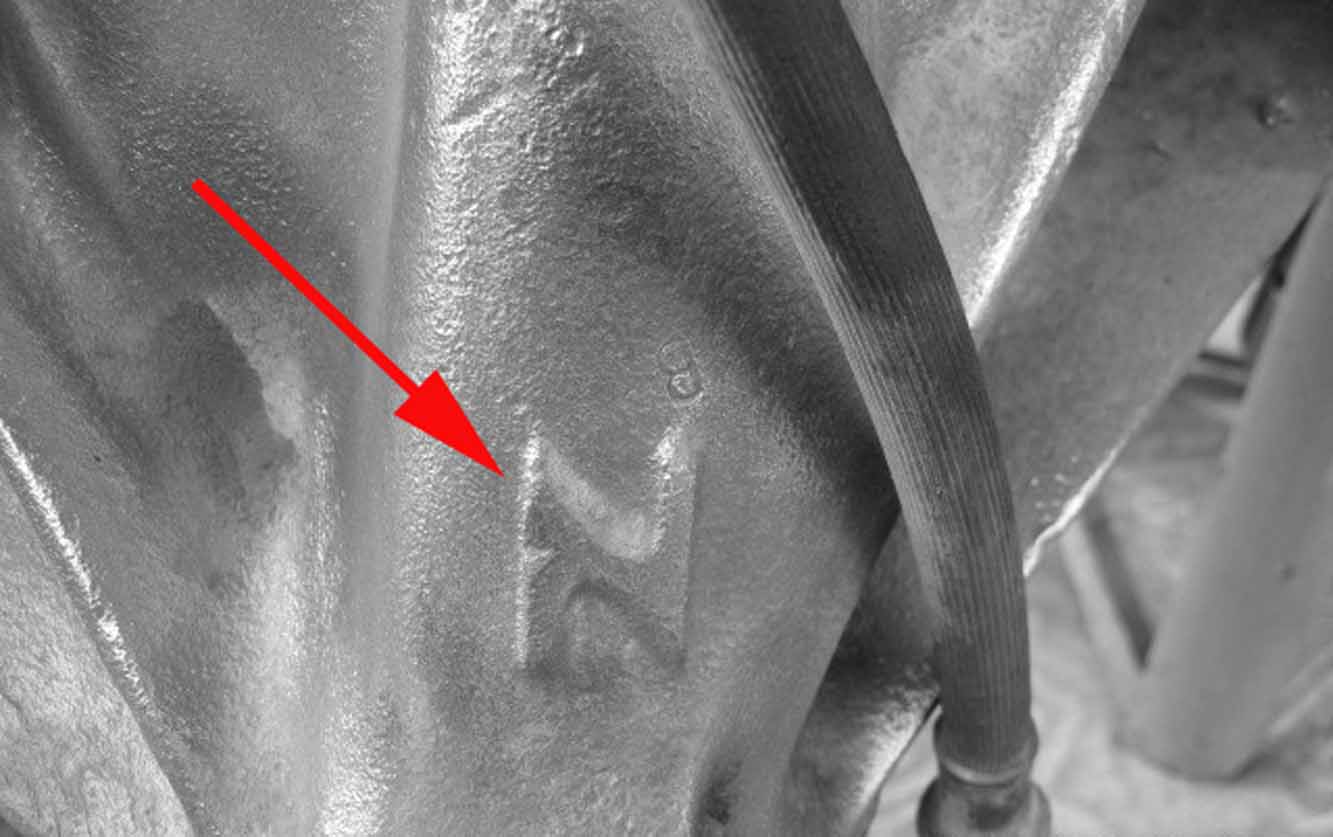
Pontiac Rear Nodular Iron Case “N”
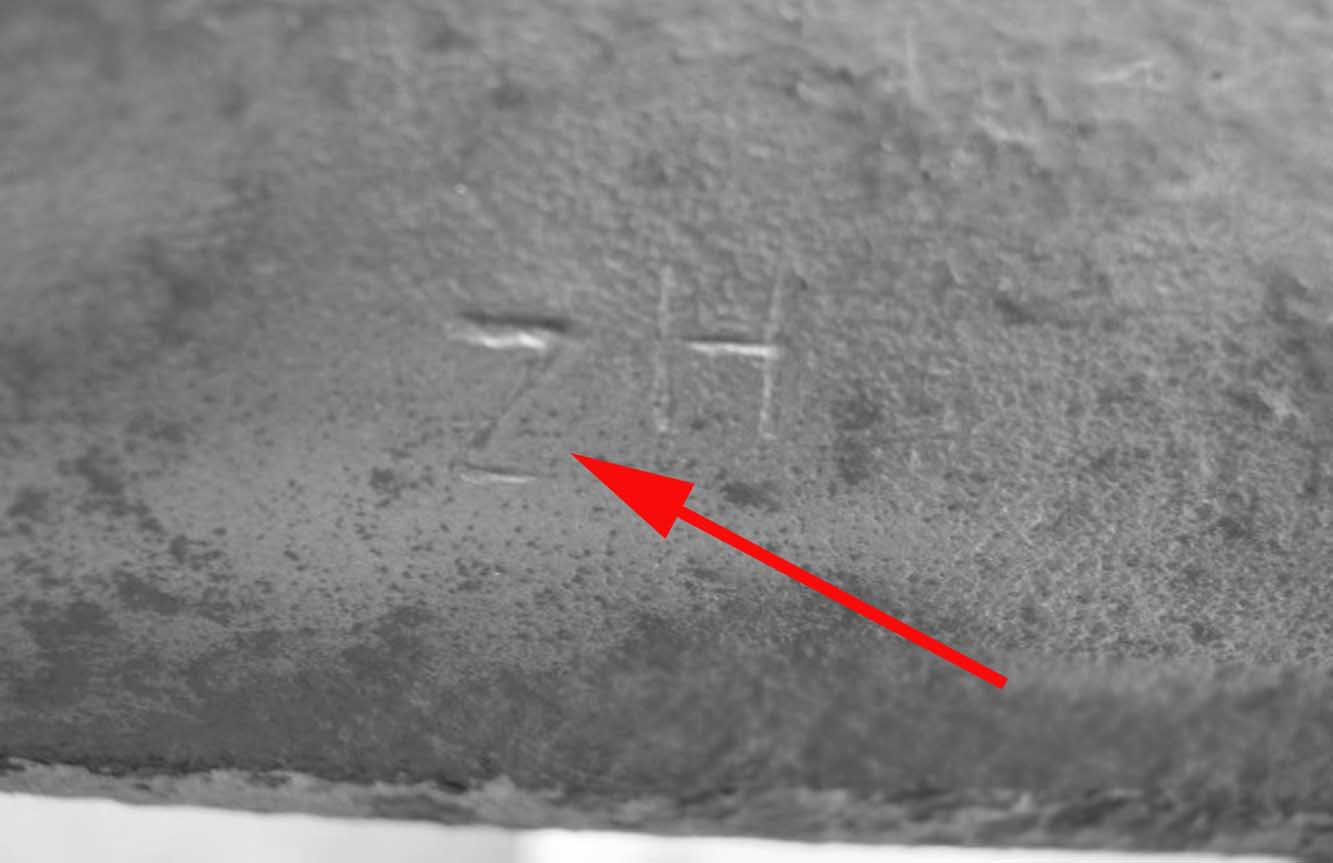
Pontiac “Z” Code High Strength Rear
Lots of you have peeked under the rear of your 1964-1967 A-Body Olds and saw a 10-bolt cover and assumed that you have the same rear as is found under your buddy’s 1966 442 or his friend’s 1965 GTO. Well, you’d be in for a big surprise, because, many times they’re not – and worse, some of them are stronger (and appreciably weaker) than others.
It gets worse, depending on the drive line in the car, the year, and in 1966 and 1967, the month of manufacture, the rears can be totally different! So rather than trying to make up a long list of which cars had what, and recognizing that given that most of these cars are over 40 years old, we thought it would be better to show you how to identify what rear is what and then tell you which ones are the strongest.
Right from the Gitgo, you should know that the rears were manufactured by GM according to specifications set down by Buick, Pontiac and Oldsmobile, so while they all are ten-bolts, not all components are the same. Also, the 1964-67 ten-bolt is not the same as the 1971-77 ten-bolt used in Oldsmobiles of those years, though the later unit will fit under your car. The latter unit uses an 8.5″ ring gear, whereas your 10-bolt uses an 8.2″ ring gear. Also if you have a 1968 or later 8.2″ ten-bolt laying around from a Buick or Pontiac, the “guts” are different, as they use 7/16″ bolts rather than 3/8″ bolts. These are more desirable as the aftermarket stocks ring and pinion and posi cases for these rears.
Confused? Wait, there’s more. Olds used the Buick-sourced rear and the Pontiac-sourced rear depending on the application and the Pontiac rear came in two flavors – low and high strength. So let’s determine what’s sitting under your car right now. Of course, when you look under the car, you should see 10 bolts running around the circumference of the rear carrier cover. If you see 12, then you have the Olds “O” type or a Chevy 12-bolt. If so quit reading, because this article can’t help you.
Okay, assuming you see ten bolts, there are some strong clues as to what rear resides under the car that doesn’t require any disassembly. There are some pictures at the right which show the carrier from the side. Note that the “B” type rear has a single reinforcing rib running directly to the axle tubes. It is very common in non-high-performance applications, so if you don’t have a 442, or a posi-equipped car, you are likely to have this rear.
The Pontiac unit has two ribs, not in parallel, but look like a horizontal “V” running away from the pinion. The lower rib is larger and supports the carrier where it intersects the axle tube. Pontiac rears come in two flavors; high strength and regular. Regular rears use the typical clutch posi case and have two pinions to transfer the power to the axles. The high-strength unit uses a cast nodular iron assembly denoted by a cast “N” on the top (see picture) and a “cone” type posi with 4 pinions. They are rare. Evidence indicates that all high-strength rears have a “Z” in their code (see picture “ZH” denotes a 3.55 rear).
So to sum up, if you have a 1964-66 A-body Olds, you should find the older 10-bolt 8.2″ rear under your car. Some ’67 Oldsmobiles will have the “O” type 12-bolt cover rears, but those that don’t will have a “B” or “P” type rear. The “P” type rears are more desirable and the “P” type with a cast “N” has a stronger case and any “Z” code “P” rear will have a 4-pinion cone type posi. Maybe the title of this article should be “Alphabet Soup”




